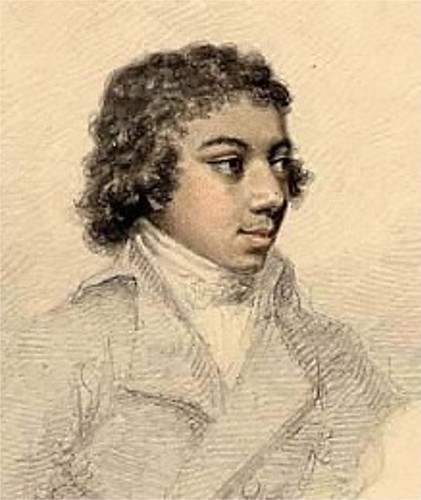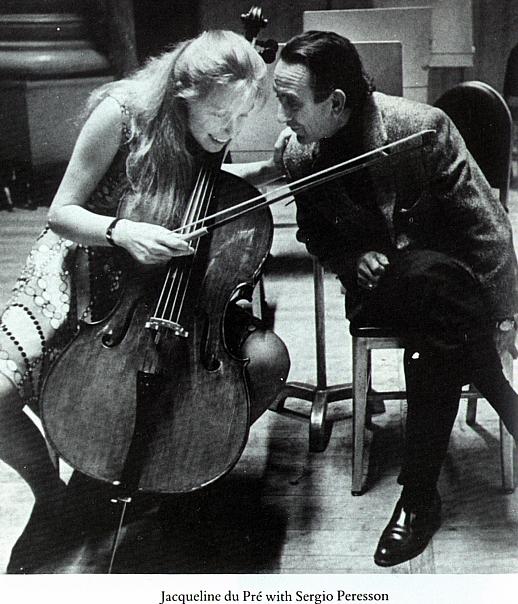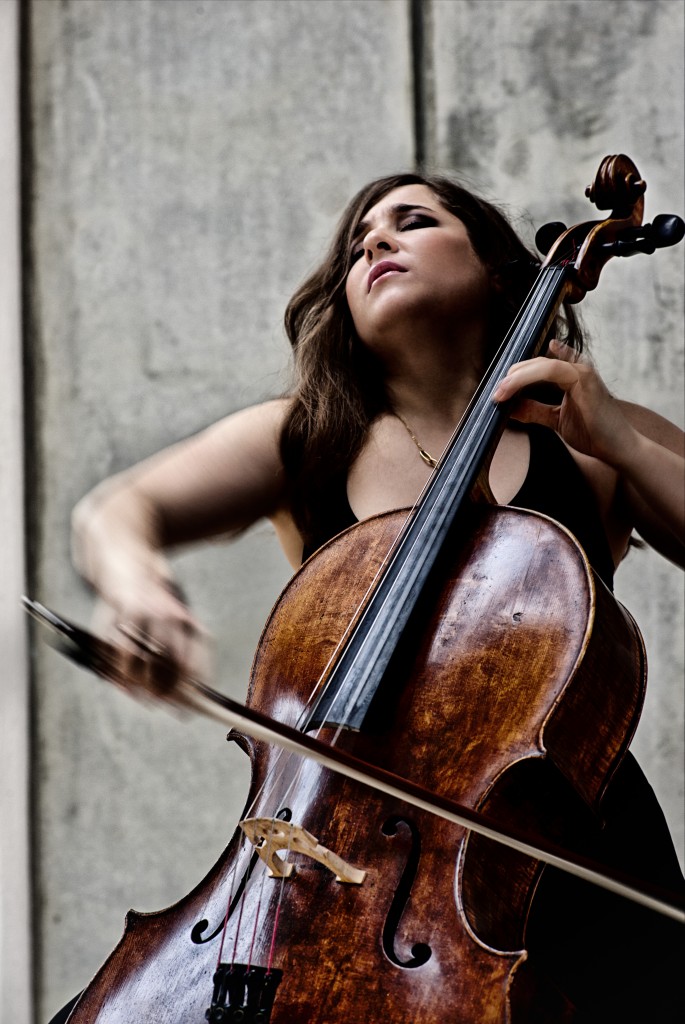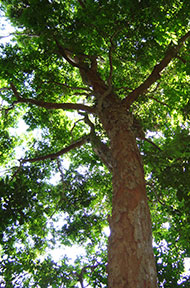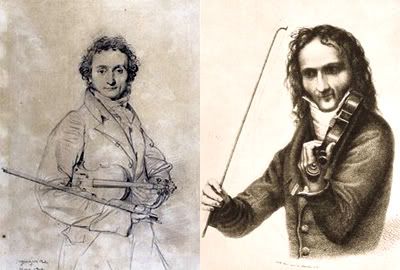Written by Stefan Aune of Fein Violins
The Chanot-Chardon family of French and English violin makers trace their origins to Joseph Chanot, the first member of the family to add violin-maker as a profession. Joseph ran a small shop in Mirecourt, France, and the first violins that feature his label were produced in 1790. Joseph was a violin-maker, tradesman, and a farmer; a triple threat of vocations made necessary by his twelve children (that's quite a few mouths to feed). Two of Joseph's sons would follow in their father's footsteps and establish the Chanot name among the elite of French violin makers. The eldest, Francois, studied mathematics in Paris, graduating from the Ecole Polytechnique. He went on to specialize in the construction of naval war-ships, before taking an interest in violin making, albeit from a very scientific point of view. His thesis, titled (translated from French) "To Fix the Method a Violin Maker Must Use in the Workmanship of Stringed and Bowed Instruments" was accepted by a committee of experts and professional Alexandre Boucher played on the instrument built to Francois' specifications. Francois would go on to present a second thesis on instrument construction, and had the opportunity to present his research to the King of France during an exhibition. His forms were eventually taken up by the violin firm "Lete's Widow & Payonne," where they were used by the a young
Jean Baptiste Vuillaume, who would go on to become an internationally renowned violin maker and a close friend of the Chanot family.
 |
The Chanot shop in Paris
Picture from Parisian Violin Makers in the XIXth and XXth Centuries, Tome 1: The Family Chanot-Chardon by Sylvette Milliot |
The youngest son, Georges, apprenticed with his father before joining Francois in the capital. He worked for a succession of Parisian makers before opening his own shop, founded in 1821. Georges was joined by his pupil Florentine Demolliens, a 24 year old woman whose position as a violin maker caused a bit of a sensation, as women traditionally did not make violins at that point in history. Georges and Florentine eventually married, after having several children out of wed-lock, and the children were all legitimized together through baptism after the marriage. Wishing to get his name out there, Georges spent seven years traveling to Spain, Portugal, Germany, and England, and Russia, where he cultivated relationships with other makers and gained many international clients. His most notable customer was Tarisio, to whom he sold several highly skilled copies of Stradivarius and Guarnerius violins. In 1840, his wife and business partner Flornetine became ill, retiring to the countryside where she was cared for by her maid, Rose Chardon. Roses' sister, Antoineette Chardon, traveled to Paris to help Georges with the business. Their working relationship blossomed into some thing more, and Georges and Antoinette would eventually have a son together, Marie-Joseph Chardon. In the baptism act, Georges was named the godfather, and it wasn't until adulthood that Joseph learned that Georges was in fact his father. He would carry the family name Chardon, and pass it on to his children.








